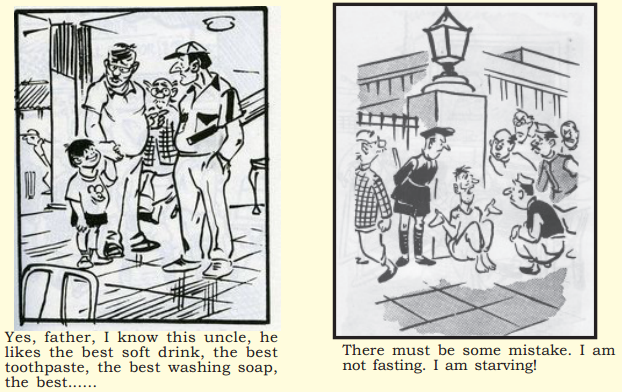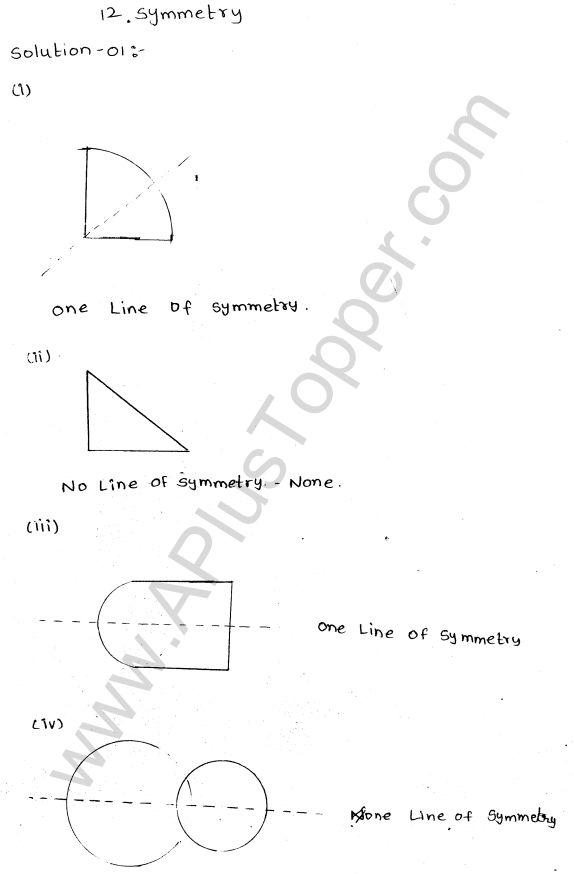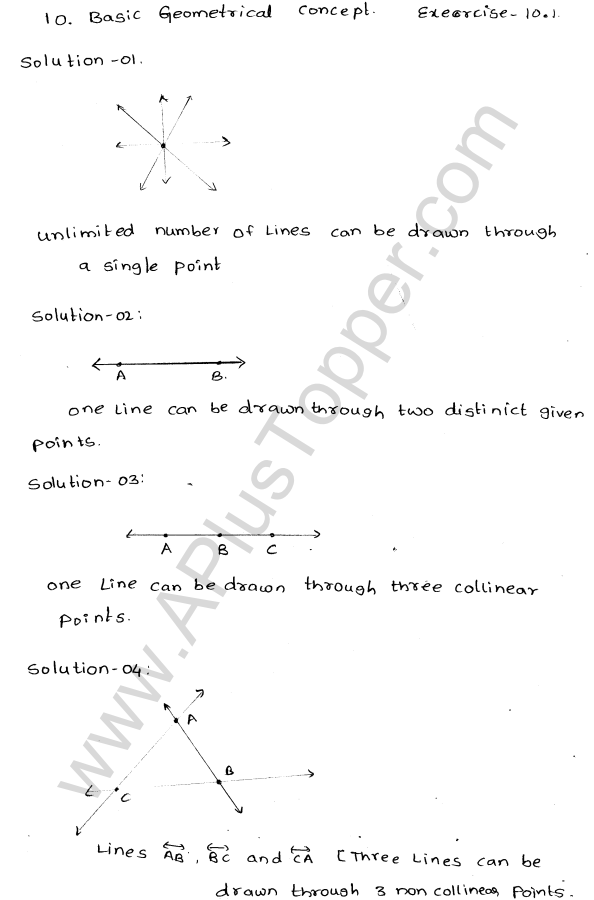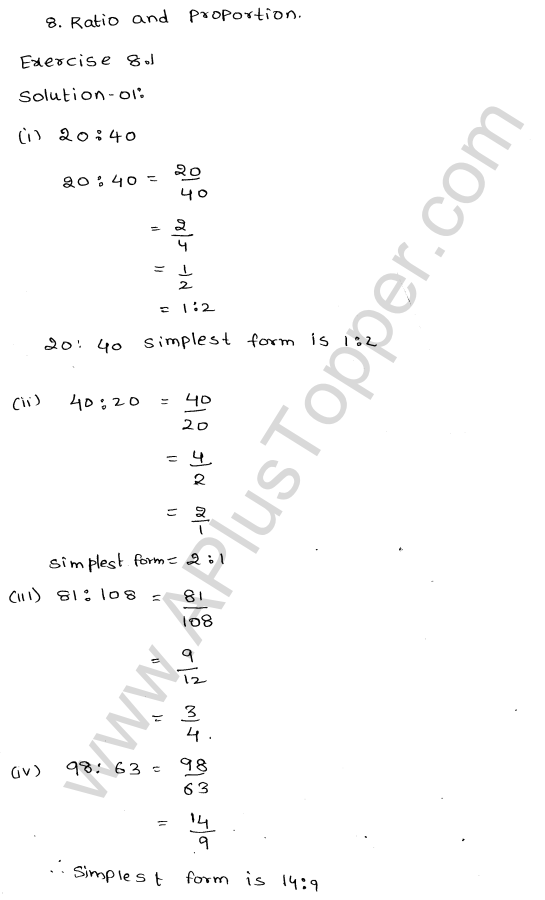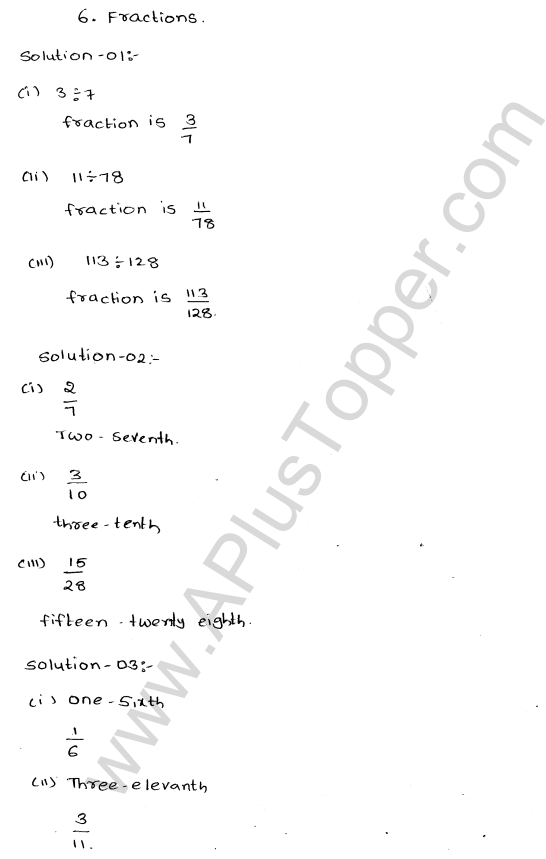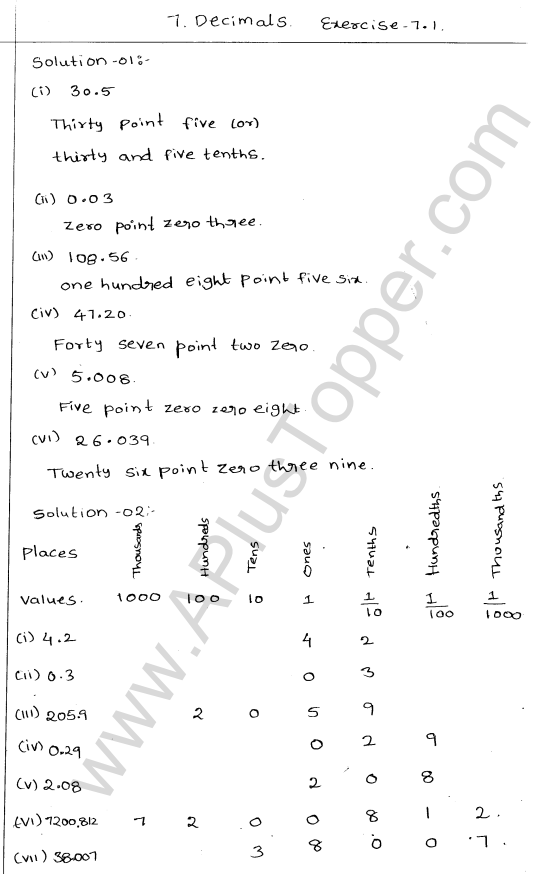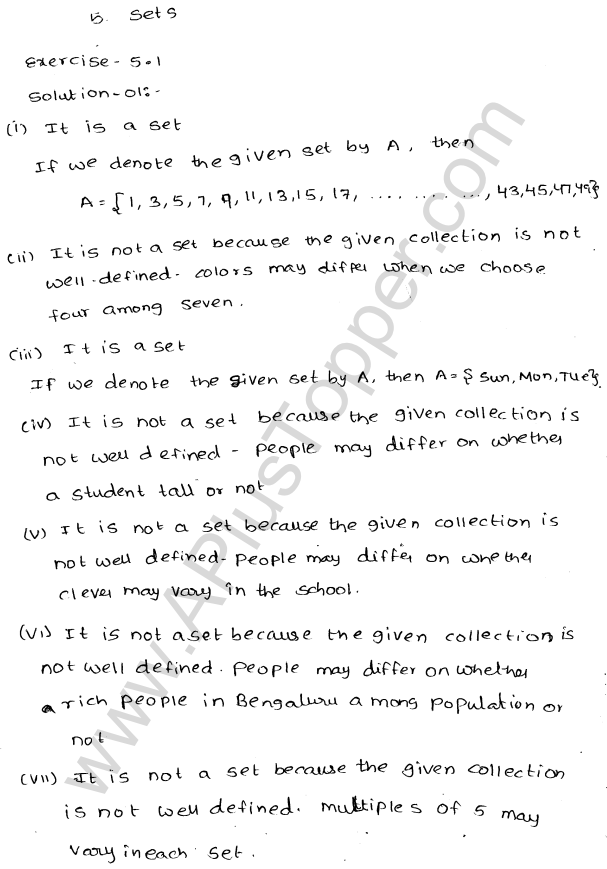Why is energy released when a bond is formed?
Why is energy released when a bond is formed? Energy change during formation and breaking of bondsDuring a chemical reaction, the bonds between the atoms in the reactans need to be broken first before new bonds between the atoms in the products can be f…
Oxidation and Reduction in Chemical Cells
Oxidation and Reduction in Chemical Cells In a simple voltaic cell, two different metals are in contact with an electrolyte. The more electropositive metal will become the negative terminal while the less electropositive metal will become the positive te…
What happens to the Wax in a Candle
What happens to the Wax in a Candle Combustion of a Wax CandleIf you observe a candle flame closely, you will notice the following.The wick burns and it stands in a pool of liquid wax.There is a small portion of unburnt wick between the flame and the liq…
Properties and Uses of Ethanol
Properties and Uses of EthanolPhysical Properties of Ethanol : (i) Pure ethanol is a colourless liquid. (ii) It has a specific smell and burning taste (iii) Its boiling point is 351 K which is higher than corresponding alkanes (iv) It is soluble in w…
What is the Flame of a Candle made of
What is the Flame of a Candle made ofFlameA flame is a region where combustion of fuel takes place. The colour of the flame depends on the temperature, amount of air available, and the nature of the substance burning. Hydrocarbons burn with a blue or ye…
Explain the Cleansing Action Of Soaps and Detergents
Explain the Cleansing Action Of Soaps And DetergentsThe cleansing action of soaps and detergents:The cleansing action of both soaps and detergents results from their ability to lower the surface tension of water, to emulsify oil or grease and to hold th…
Redox Reactions by Transfer of Electrons at a Distance
Redox Reactions by Transfer of Electrons at a DistanceIn all redox reactions, electrons are transferred from the reducing agent to the oxidising agent.When the reducing and oxidising agents are mixed together as in the previous reactions, the transfer of…
What are the Different Types of Fossil Fuels
What are the Different Types of Fossil FuelsFossil FuelsFossil fuels are formed from the buried remains of plants and animals over a period of millions of years. Coal, petroleum, and natural gas are examples of fossil fuels. Since fossil fuels are obtain…
How do you calculate the reaction rate?
How do you calculate the reaction rate? Methods to measure the rate of reactionThe rate of reaction can be measured in two ways: (a) Average rate of reaction (b) Rate of reaction at a given time The average rate of reaction is the average value of the r…
How is covalent bond is formed?
How is covalent bond is formed? A. Formation of a single covalent bondsFormation of chlorine molecule, Cl2 A chlorine atom has an electron arrangement of 2.8.7. It has seven valence electrons.Each chlorine atom needs one more electron to achieve a stable…


